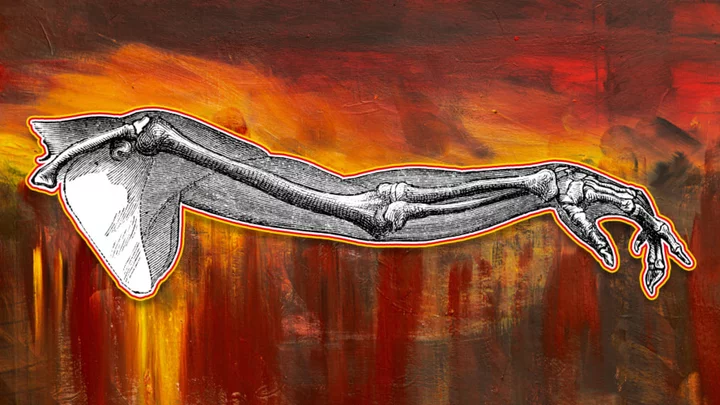
The Anatomy Riots: When Americans Protested Grave Robbing by Taking to the Streets
In the 18th and 19th centuries, robbing graves of their corpses for dissection at medical schools was an all too common practice—and sometimes, enraged citizens rose up in protest.
2023-10-12 05:15

Indiana Brothers Receive Esports Scholarships From Manchester University
INDIANAPOLIS--(BUSINESS WIRE)--Sep 11, 2023--
2023-09-11 21:24

8 Ways to Experience Indigenous Heritage in One Canadian Province
Indigenous-led tourism is driving a cultural revival in British Columbia. Here's how to experience the Canadian province's 10,000-year-old traditions.
2023-07-15 02:25

Watch South Korean Netflix for free with this slick VPN
SAVE 49%: Unblock South Korean Netflix with ExpressVPN. A one-year subscription to ExpressVPN is on
2023-06-06 12:24

Reddit users fill site up with pictures of John Oliver as protest against new rules continues
Reddit has been filled with images of John Oliver, as user’s protests against the site’s management take a bizarre new turn. In recent weeks, controversy has been brewing on Reddit after the site announced that it would be charging new fees to developers who wanted to get access to its data. The company said that the change was required to offset the costs incurred by running the site. Third-party developers said that the site’s prices were too high, and many developers – including those behind the most popular apps, such as Apollo – said they would instead shut down. That prompted outcry from the moderators who run the site. In protest, thousands of the site’s forums, or subreddits, went “dark” earlier this month. Administrators turned the forums private so that users were unable to see them, in a protest that ran from 12 to 14 June. That protest led to no change from Reddit. Its chief executive, Steve Huffman, said instead that users would get over the changes and staff suggested those administrators could be removed from their posts. Since then, many of the site’s biggest forums have been discussing how to continue the protest, given that their demands had not been met. And many – including its “aww”, “pics” and “gifs” subreddits, which rank among the site’s most popular – have committed instead to post pictures of TV comedian John Oliver. Oliver appeared to enjoy the attention. On Twitter, he wrote “Dear Reddit, excellent work” and went on to share a large thread of pictures of himself, apparently to ensure that users had enough to post. Other subreddits have continued the protest in their own ways. The subreddit devoted to Apple has filled with posts of its chief executive Tim Cook, for instance. And two of the site’s top 10 most popular forums – those focused on science and music – are no longer dark, but new posts cannot be added. Read More Reddit says people will get over outrage and causes further outrage Reddit hit by outage as fight over its future escalates Reddit just went ‘dark’, and the site is in chaos
2023-06-20 02:00

Bungie: Destiny 2 Hit by DDoS Attack Amid Weapons Glitch
Bungie had a wild start to the week and not in a good way. The
2023-09-22 07:24

UK Military Must Adapt Urgently as Land Bakes and Oceans Heat Up, Study Says
The UK military’s troops and machines need to adapt quickly to a rapidly warming world, according to a
2023-08-18 07:45

Garth Brooks and TuneIn Partner Exclusively in Radio
SAN FRANCISCO--(BUSINESS WIRE)--May 9, 2023--
2023-05-09 20:53

Southern California school board OKs curriculum after Gov. Gavin Newsom threatened a $1.5M fine
A Southern California school board has resolved a dispute with Gov. Gavin Newsom over a social studies curriculum
2023-07-23 06:15
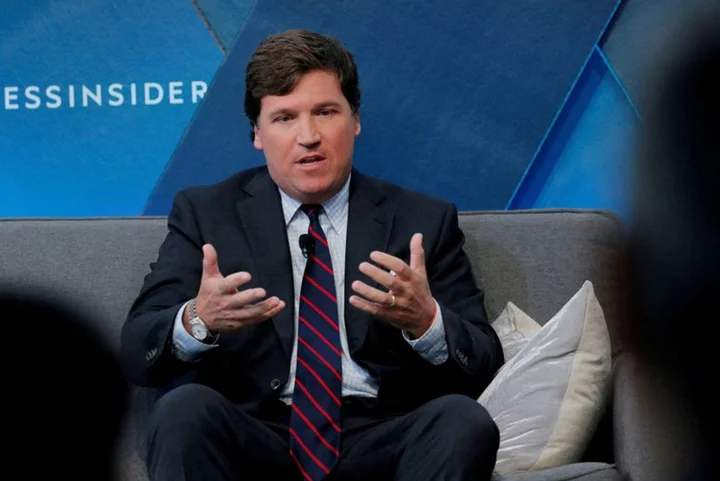
Former Fox News host Tucker Carlson will relaunch his show on Twitter
(Reuters) -Former Fox News host Tucker Carlson, who was taken off the air by the network last month, said on
2023-05-10 05:49

Many Twitter Users Discovering They Are Spam Accounts
There's never a dull moment on Twitter as every day users dial up the microblogging site to find main characters and re-adjust their expectations of functionality. Today the giant Magic 8-Ball in the sky shook itself around and spit out a reality where many accounts logged in to discover that some of their account features have been temporarily limited because their accounts appear to be in violation of Twitter's spam policy.
2023-06-27 20:58

How to split screen on Mac
Multitaskers, this is for you. If you work with multiple apps and windows at once,
2023-07-28 22:52
You Might Like...
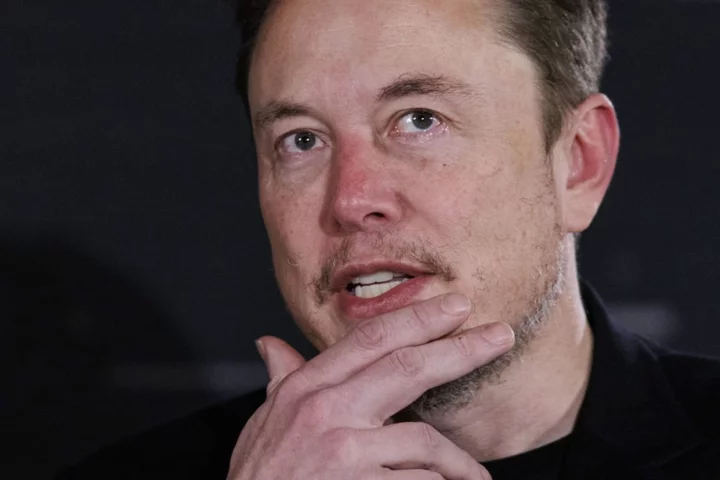
Tesla CEO Elon Musk On The EV Slowdown And ‘Terrible’ Human Drivers.

Lafarge Canada in Partnership with Svante and Dimensional Energy To Begin Utilization of CO2 Captured at Richmond Cement Plant

Google Opens Up Bard AI to Teens

KSI slammed for ’disgusting’ post mocking Tommy Fury featuring disabled TikTok model
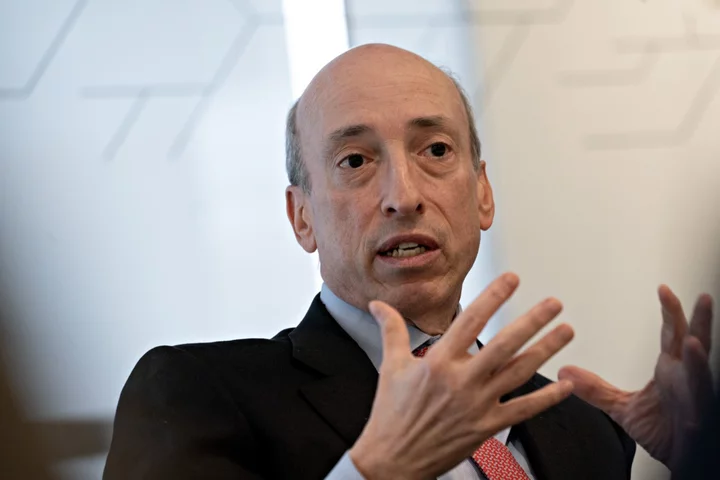
SEC Set to Greenlight Ether-Futures ETFs in Win for Crypto Industry
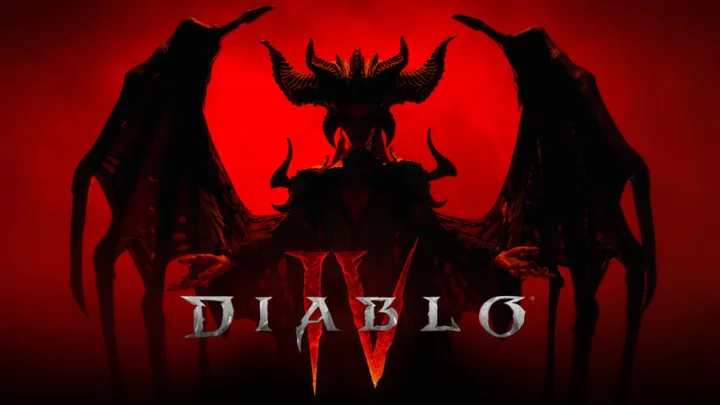
Diablo 4 Sales Top $666 Million After Launch Week

Thailand Must Raise Revenue to Boost Spending, World Bank Says
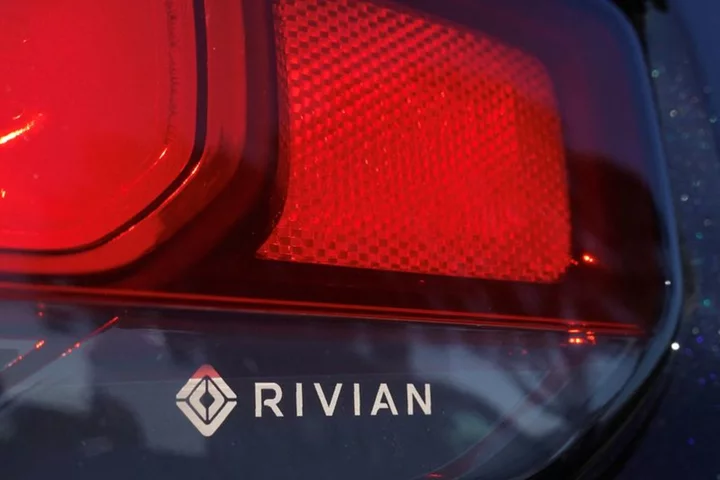
Rivian options buyers may be helping drive stock higher
